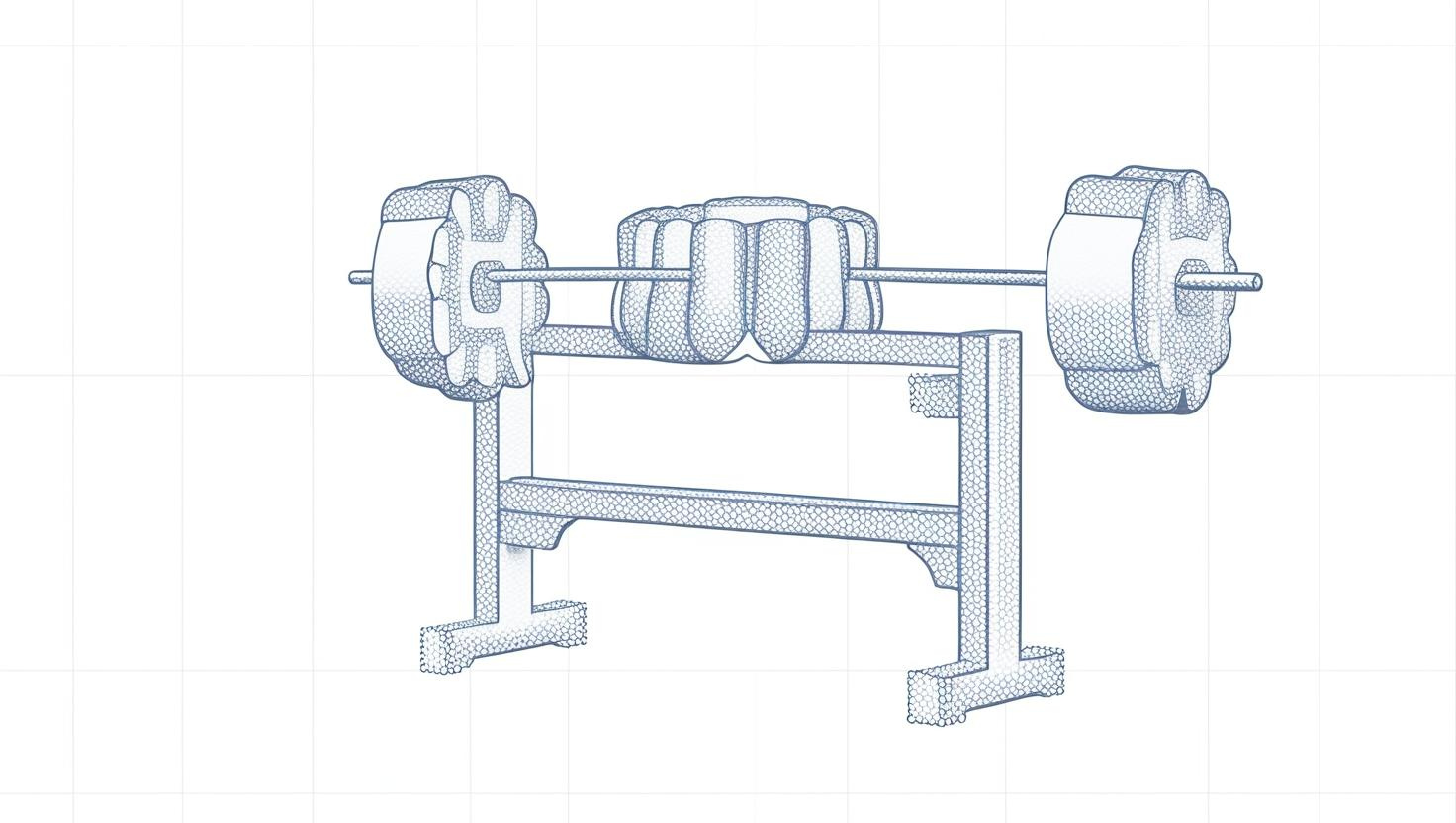Get the latest tech news
Waiting for Postgres 18: Accelerating Disk Reads with Asynchronous I/O
Postgres 18 introduces Asynchronous I/O (AIO) that can dramatically improve read performance, especially in the cloud. Learn how these changes and the new io_method setting work and see why our benchmark results show that io_uring is the recommended setting for maximizing I/O performance in Postgres 18 over the default setting 'worker'.
These capabilities are still under active development, but they represent a fundamental change in how Postgres handles I/O, offering the potential for significant performance gains, particularly in cloud environments where latency is often the bottleneck. With true asynchronous reads, data is fetched directly into shared buffers by the database itself, bypassing reliance on kernel-level heuristics and enabling more predictable, higher-throughput I/O behavior. As Postgres development continues, future versions (19 and beyond) may bring asynchronous write support, further reducing I/O bottlenecks in modern workloads, and enabling production use of Direct I/O.
Or read this on Hacker News